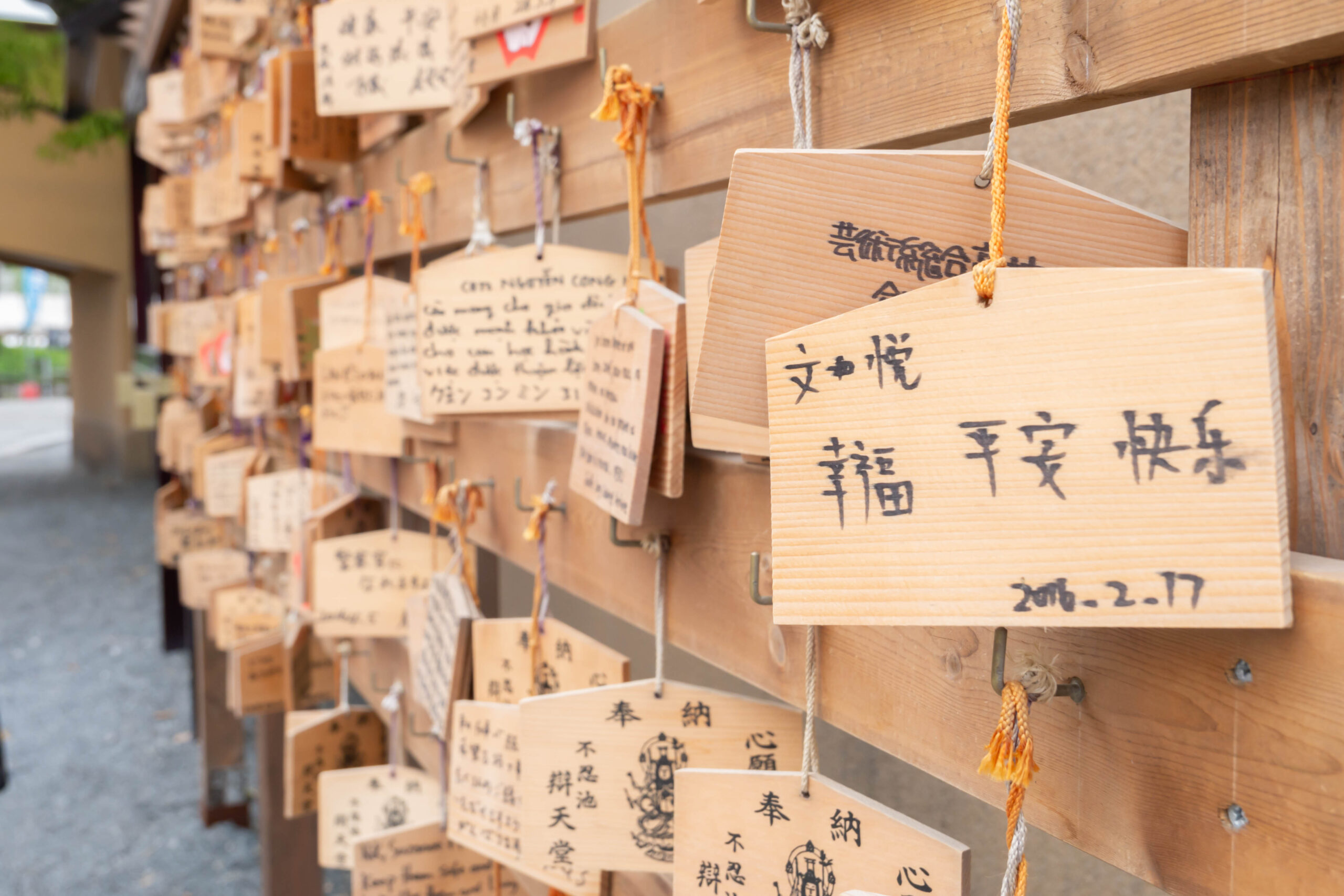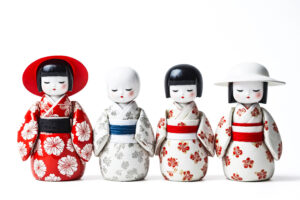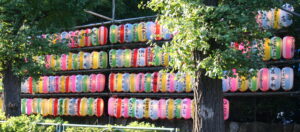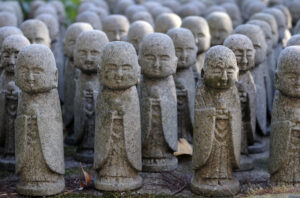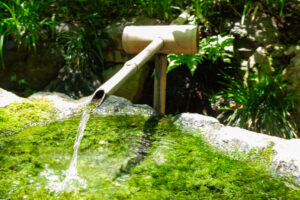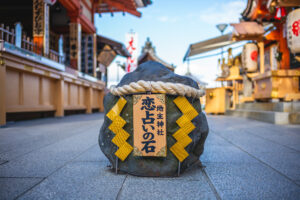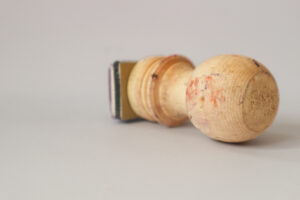In the heart of Japan’s rich cultural tapestry lies a fascinating tradition that bridges the divine with the earthly: the practice of writing wishes on ema, or prayer plaques. These small wooden boards, often adorned with intricate illustrations, are a ubiquitous sight at Shinto shrines and Buddhist temples across the country. Ema hold a special place in Japanese spiritual life, embodying the hopes, dreams, and prayers of individuals seeking divine intervention or expressing gratitude. This article delves into the captivating world of ema, exploring their historical roots, symbolic significance, and enduring appeal in contemporary Japanese society.
1. Unveiling Ema: Japan’s Sacred Prayer Plaques
Ema are small wooden plaques that serve as conduits for personal prayers and wishes in the Shinto and Buddhist traditions of Japan. Crafted from various types of wood, these plaques are commonly hung at shrines and temples, where they are believed to catch the attention of the divine. The word "ema" translates to "picture horse," a nod to their historical origins when actual horses were donated to shrines as offerings. Today, they bear images ranging from animals and Shinto deities to Buddhist icons, each symbolizing different hopes and aspirations.
2. The Historical Journey of Ema in Japanese Culture
The tradition of ema dates back to the Nara period (710–794 CE), initially involving the donation of live horses to shrines to curry favor with the kami, or Shinto gods. As this practice was not feasible for everyone, the symbolic offering of horse images painted on wooden boards became popular. Over time, this evolved into the current practice of hanging ema with personal prayers written on them. The use of ema flourished during the Edo period (1603–1868), with this era seeing a diversification in the types and designs of ema, reflecting the wide range of wishes and prayers of the populace.
3. Ema’s Evolution: From Shinto to Buddhist Practices
While ema are deeply rooted in Shinto, Japan’s indigenous religion, they have also found a place within Buddhist practices, illustrating the syncretism between Japan’s major religions. In Buddhism, ema are used to communicate with Buddhist deities or bodhisattvas, asking for blessings or expressing gratitude. This cross-religious use of ema underscores the inclusive nature of Japanese spirituality, where Shinto and Buddhist beliefs often intertwine in the fabric of daily life.
4. Art and Devotion: The Aesthetic Appeal of Ema
Ema are not only spiritual tokens but also works of art. The craftsmanship involved in creating ema ranges from simple, hand-drawn images to elaborate, colorful illustrations painted by skilled artists. Themes vary widely, often reflecting the region’s cultural heritage, local deities, zodiac signs, or seasonal motifs. This artistic diversity makes ema captivating not only to those who hang them but also to visitors and art enthusiasts, highlighting the intersection of devotion and aesthetic expression in Japanese culture.
5. The Many Shapes of Ema: A Symbolic Exploration
Traditionally, ema were shaped like horses, but today they come in a myriad of forms. From classic rectangular boards to shapes representing specific wishes—such as hearts for love, helmets for protection, or even academic caps for success in exams—ema encapsulate a wide array of human desires. The specific imagery and shape of an ema often correspond to the nature of the prayer or the deity being addressed, making each plaque a unique testament to personal spirituality.
6. How to Write on Ema: A Guide for Visitors
Writing on an ema involves a few simple steps, making it an accessible ritual for both locals and visitors. One typically selects an ema that resonates with their wish or prayer, then pens their message on the back. This can include names, dates, and the specific nature of the wish. After writing, the ema is hung on designated racks in the shrine or temple grounds, ideally in a spot that feels spiritually significant to the individual. This act of hanging the ema symbolizes the release of one’s prayers to the divine, entrusting them to the care of the gods.
7. The Significance of Hanging Ema at Shrines
Hanging ema at shrines is a deeply symbolic act, representing the communication between humans and the divine. It is believed that by hanging an ema, the prayer or wish inscribed on it is received by the kami or spirits residing in the shrine. This practice not only allows individuals to express their hopes and desires but also serves as a public testament to their faith and devotion. The collective display of ema creates a powerful visual tapestry that reflects the shared hopes, dreams, and concerns of the community.
8. Interpreting Ema: Understanding the Wishes and Prayers
Ema offer a unique window into the personal and collective psyche of Japan. The wishes written on them range from universal desires for health, happiness, and success to more personal pleas for love, fertility, or academic achievement. Interpreting the prayers on ema reveals the diversity of human aspirations and the common threads that bind people across cultures and religions. This mosaic of personal expressions, set against the backdrop of traditional shrines and temples, underscores the enduring relevance of ema in modern spiritual life.
9. Ema in Modern Times: Tradition Meets Contemporary Wishes
In contemporary Japan, ema continue to be a relevant and popular means of expressing wishes and prayers, adapting to the times by encompassing modern aspirations such as success in business, technology, and even sports. The evolution of ema designs to include pop culture references and digital motifs reflects the changing landscape of Japanese society, ensuring the tradition remains vibrant and meaningful for younger generations. This blend of ancient practice and contemporary desires showcases the adaptive nature of Japanese spirituality.
10. The Role of Ema in Japanese Festivals and Celebrations
Ema play a significant role in various Japanese festivals and celebrations, marking moments of transition, gratitude, and community bonding. During events like Tanabata, the Star Festival, ema are used to write wishes, linking the tradition to folklore and the wider cultural fabric of Japan. These festivals provide a communal space for the sharing of hopes and prayers, reinforcing the social dimension of ema as a practice that connects individuals to their community and to the larger cosmos.
11. Beyond Japan: The Global Spread of Ema Traditions
The tradition of ema has transcended Japanese borders, finding resonance in various parts of the world through cultural exchanges and the global spread of Japanese pop culture. In some international contexts, ema-style plaques are used as a form of cultural appreciation or spiritual exploration, allowing people from diverse backgrounds to engage with this unique aspect of Japanese tradition. The adaptability of ema to different cultural settings underscores the universal human desire to communicate with the divine and share one’s hopes with a larger community.
12. Crafting Your Own Ema: Tips for a Personalized Prayer Plaque
Creating your own ema can be a deeply personal and creative process. Start with a piece of wood in a shape that resonates with your wish, and decorate it with images or symbols that hold special meaning for you. Writing your prayer or wish on the plaque should be a reflective act, focusing on the sincerity and depth of your intention. Whether for personal use or as a gift, a handmade ema embodies the spirit of this beautiful tradition, making it a unique and meaningful artifact of your spiritual journey.
Ema, Japan’s sacred prayer plaques, stand as a testament to the enduring human need for connection, expression, and hope. From their historical origins to their contemporary adaptations, ema encapsulate the rich tapestry of Japanese spirituality, art, and community life. As both a personal act of devotion and a collective expression of societal values and desires, the tradition of ema offers a fascinating insight into the ways in which spiritual practices evolve while retaining their core significance. Whether hung at ancient shrines or crafted in the quiet of one’s home, ema continue to be a powerful symbol of faith, hope, and the endless dialogue between the human and the divine.
